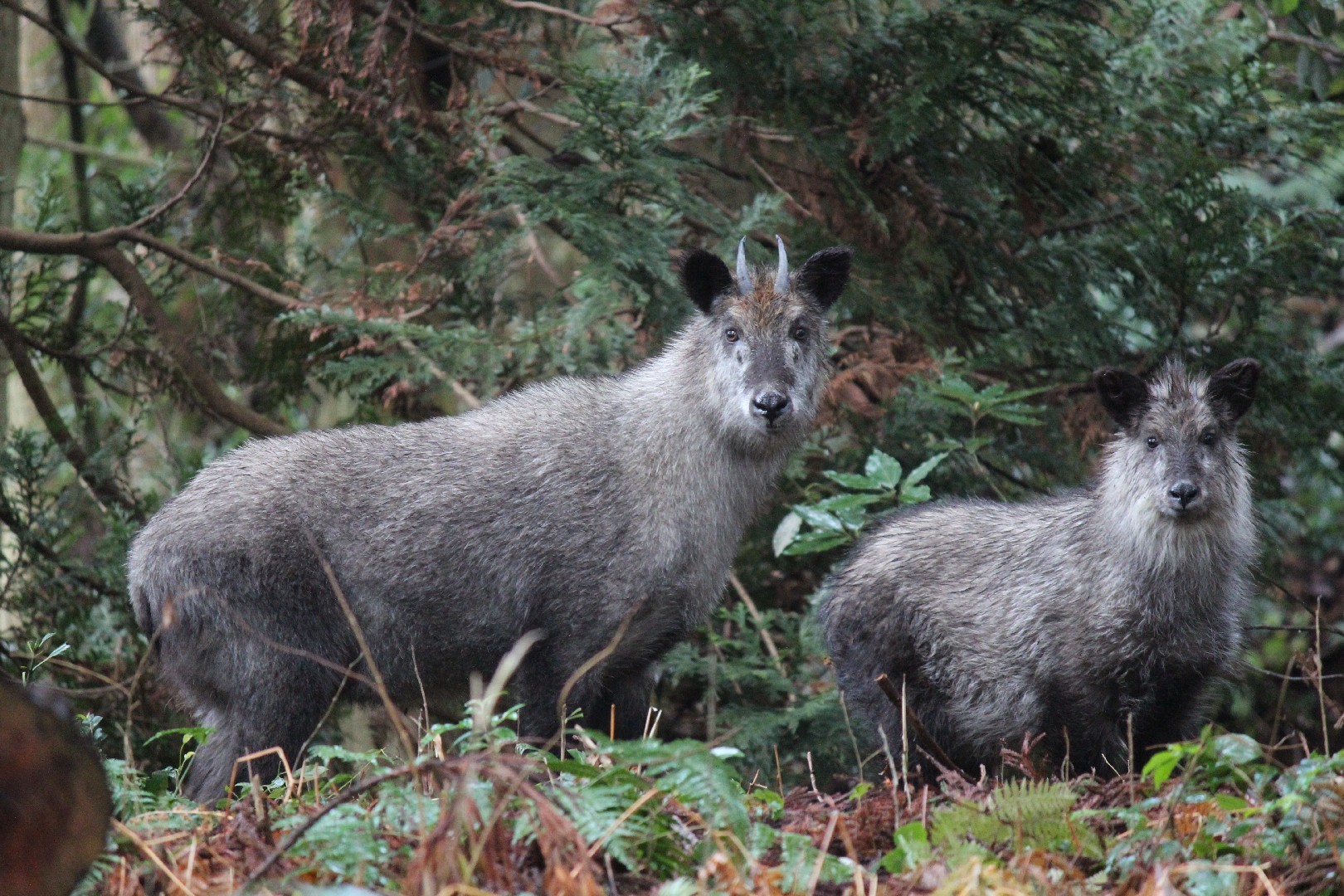Japanese serow
A species of Serows Scientific name : Capricornis crispus Genus : Serows
Japanese serow, A species of Serows
Scientific name: Capricornis crispus
Genus: Serows
Content
Description General Info
 Photo By ヤン提督 , used under CC-BY-SA-3.0 /Cropped and compressed from original
Photo By ヤン提督 , used under CC-BY-SA-3.0 /Cropped and compressed from original Description
The Japanese serau (Capricornis crispus) is a goat-like mammal from the hornbeam family (Bovidae). It is endemic to Japan (there under the name Nihon-kamoshika; 日本 羚羊) and, together with five other species that also live in East Asia, forms the genus of the sera (Capricornis).
General Info
Lifespan
10-15 years
Diet
The diet of japanese serow largely consists of foliage from trees and shrubs. The species exhibits a preference for certain plants like the Japanese Chestnut, specific grass species, and other leafy vegetation.
Appearance
Japanese serow is a medium-sized mammal with a robust, compact body covered in dense, coarse fur. Its color ranges from dark brown to black with occasional white spots or stripes. The most striking features are its long, backward-curved horns possessed by both sexes. No significant visual differences exist between age groups or genders. Its short tail and strong legs adapted to rugged terrains add to its distinctive appearance.
Behavior
Japanese serow exhibits solitary behavior, largely active during twilight hours. Known for agility in rocky terrains, they use this environment for refuge and foraging. Males engage in head-butting contests for territorial domination and mating privilege, exhibiting distinct territoriality. Primarily herbivorous, they have adapted to diverse forest vegetation.
Population
Stable